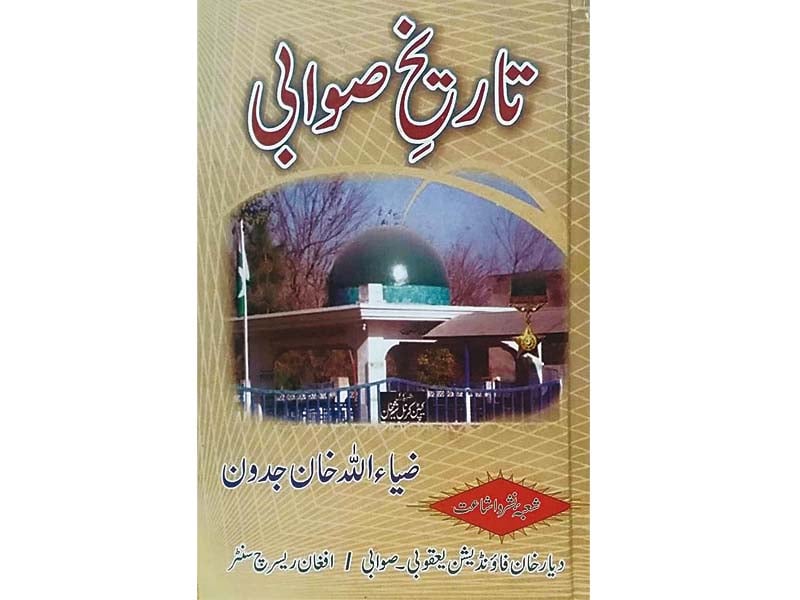
Swabi has an illustrious past. It has seen ancient civilisations erect monuments, invaders raze buildings, dacoits plunder settlements and reformers reorganise locals. It was one of the noteworthy urban centres of the Gandhara civilisation that can today be traced through the countless archaeological artefacts excavated from there.
Although the ancient district has countless stories to tell, little efforts have been made to pen them down. Ziaullah Khan Jadoon is an independent researcher with a keen interest in history and its narratives. His latest work Tareekh-e-Swabi takes a leap towards documenting Swabi’s fascinating past. Published in Urdu by the Afghan Research Centre in collaboration with Diyar Khan Foundation (DKF), the book cannot be considered an authority on the subject but does encapsulate the need for fact finding and a discourse.
Simple language and easy-to-follow logical construction make it a compelling read. Be it Jadoon explaining the Buddhist way of life or chronicling the heroics of Pukhtun freedom fighters against the oppressive British, he has succeeded to a great extent in keeping the reader hooked.
Blast from the past
Numerous Pukhtun tribes originate in Swabi. A traditional folklore stems from the very district. Jadoon outlines the political, social and cultural development of ethnicity over the years.
Historically, Swabi was the junction between Central Asia, China, India and the tribal areas. Therefore almost all rulers, travellers and traders who entered this region passed through Swabi. Glimpses of its Buddhist past and even of the Asoka era are visible in its relics, however, no attempt has been made to classify the information and preserve it. Swabi’s history can only be extracted through different references despite being a settlement central to several eras.
Jadoon contends that the Pukhtuns entered the area during 7th and 8th century and by the 15th century, were in control of its affairs. They have been living in the region ever since. In a first, the writer has made an effort to include information about every village, locality, neighbourhood, tribe and sub-tribe of Swabi.
Primary sources are hard to find. There are very few manuscripts, personal diaries, letters and other documents that provide an insight into Swabi’s history. Tareekh-e-Swabi will beyond doubt serve as a guide for future researchers.
Man on a mission
Jadoon himself is a larger than life figure when it comes to inking the region’s history. His other works cover the history of Jadoons, historical personalities of Swabi, and the story of Shahbaz Garhi. Abdul Wali Khan University Mardan conferred the Gaju Khan Award upon him for the Shahbaz Garhi book.
DKF’s Karam Sattar Yaqoob agrees with the notion that the book captures only a fraction of what needs to be told but is a step in the right direction.
“No comprehensive book has ever been written on the subject. It is a given that certain weaknesses and deficiencies will be there.” Yaqoob said, “Here’s to hoping the criticism will not discourage the young researcher from pursuing advanced research initiatives.”
Published in The Express Tribune, August 10th, 2015.











COMMENTS (2)
Comments are moderated and generally will be posted if they are on-topic and not abusive.
For more information, please see our Comments FAQ